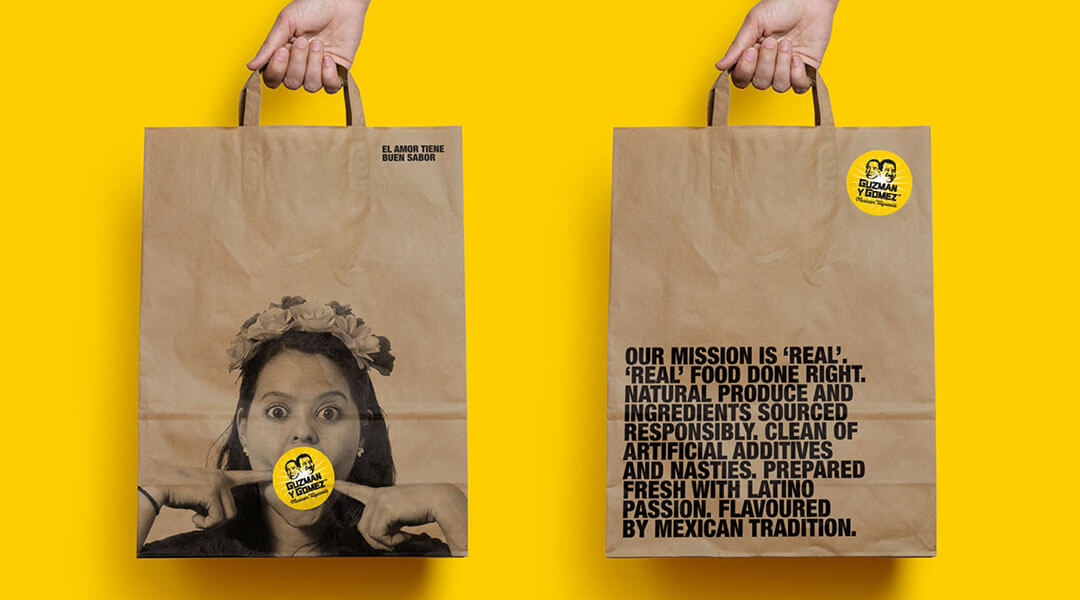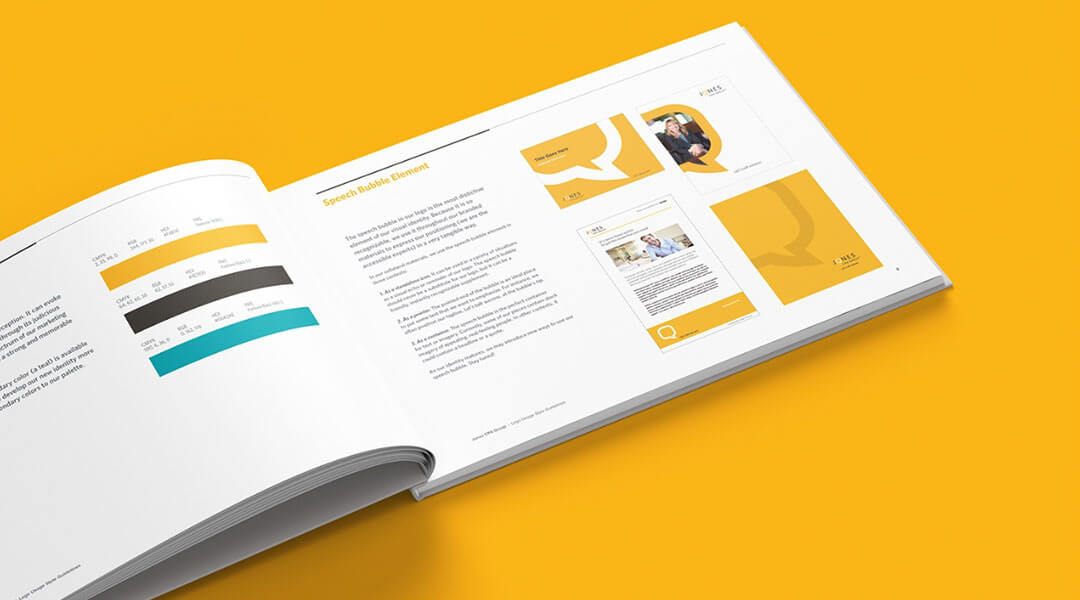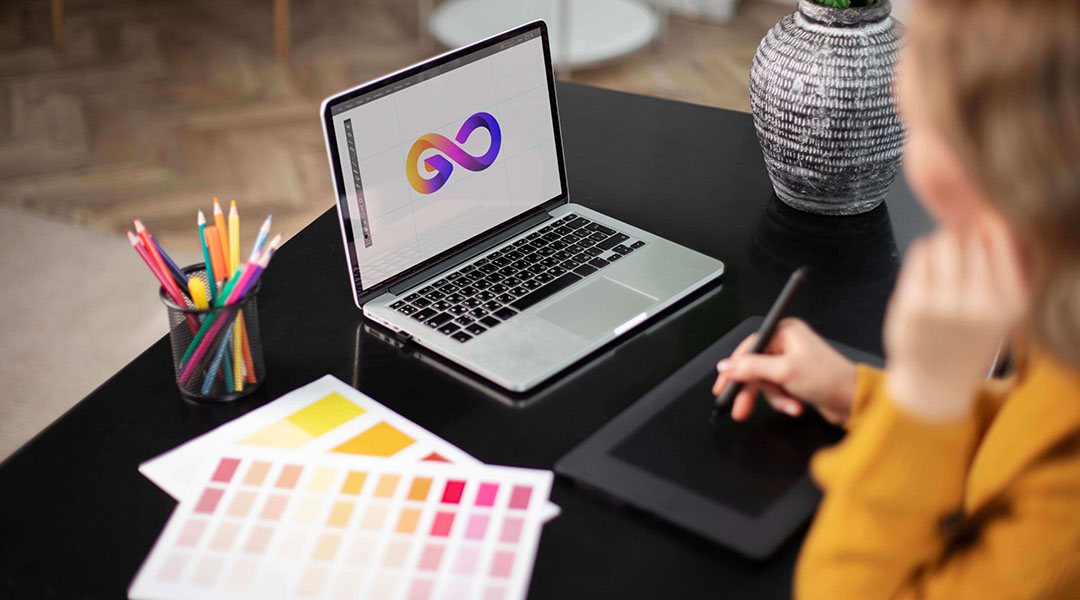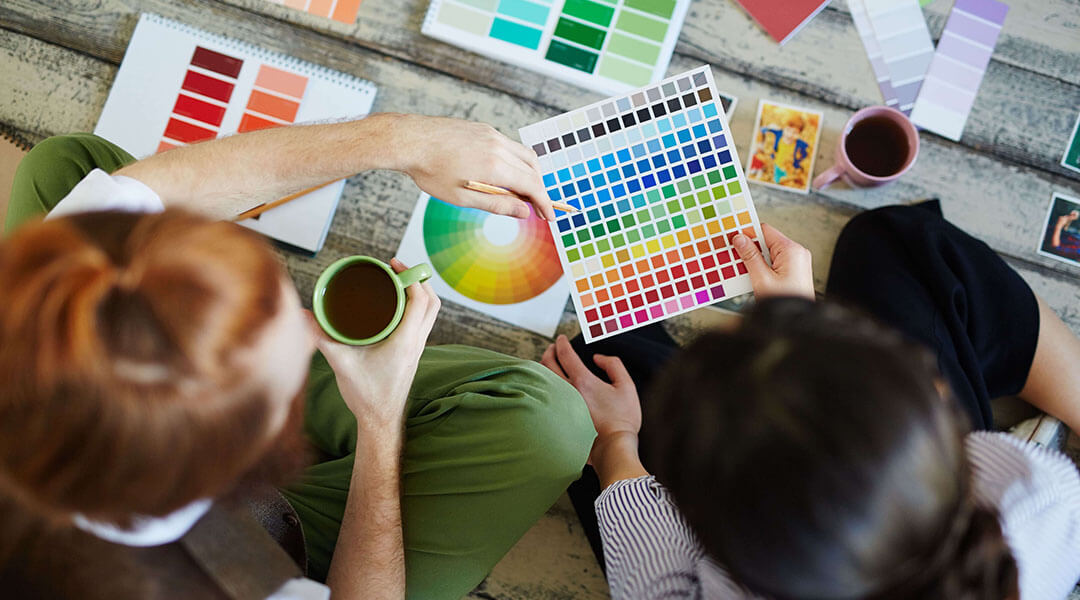Getting someone to try your product for the first time? That’s the real challenge. Convincing people to step out of their comfort zone and try something new is no easy feat. It’s like trying to convince someone to trade in their favorite cozy socks for a pair of brand-new, untested socks. Tough sell, but definitely not impossible!
In today’s fast-paced and fiercely competitive market, to grab the eyeball of your customers, visual appeal of packaging design stands out as a crucial tool. Packaging isn’t just about wrapping a product; it’s a strategic kit that can make or break a brand identity.
This blog explores the myriad ways in which package design shapes and guides customers’ buying behavior.
Cracking the Code: Key Factors that Elevate Packaging Design!
There are many critical factors to consider when designing product packaging.
1. The Power of First Impression
The packaging is the first interaction between a customer and your brand, so making a great first impression is essential. An eye-catching, well-designed package will grab attention, stand out on the shelf, and pique curiosity. Customers are naturally drawn to products with appealing packaging that aligns with their preferences.
Example: Consider the example of the “Big Mac” burger box from McDonald’s. The Big Mac box features a lifelike image of the Big Mac burger on the outside, giving customers a preview of the delicious burger inside. The box is designed to replicate the look of the actual burger, with all its toppings and condiments, making it visually appealing and enticing.
McDonald’s creative packaging design for the Big Mac box is aimed at creating a memorable and immersive dining experience. The realistic image of the burger on the box creates a sense of anticipation and excitement, encouraging customers to enjoy the burger inside. The design also serves as a marketing tool, as the eye-catching packaging attracts attention and reinforces the brand’s image as a provider of high-quality, indulgent burgers.
2. Brand Recognition & Trust:
Consider your brand a superhero, and packaging is its iconic costume.
Consistent packaging design across products helps customers easily identify and trust your brand. It’s like meeting a familiar face in a crowd—it triggers a sense of comfort and reliability.
Example: For instance, think of how Coca-Cola’s classic red and white packaging instantly evokes trust and familiarity. You reach out for that familiar bottle, not just for its refreshing taste but for the comfort and trust it brings. The red and white packaging isn’t just colors on a bottle; it’s a symbol of tradition, quality, and reliability.
3. Communicating Value & Differentiation:
Packaging is more than just a pretty face; it’s a storyteller. It should convey the value, purpose, and uniqueness of your product. Whether it’s highlighting eco-friendliness, durability, or convenience, your packaging should speak volumes about what sets your product apart from the competition.
Example: Picture yourself unboxing a brand-new Apple product. As you slide off the sleek, minimalist packaging, you’re greeted by the product itself, nestled in a perfectly sculpted interior. The packaging is not just a container; it’s an experience—the minimalist design speaks volumes about the product inside: clean, elegant, and meticulously crafted. The packaging is an extension of the product itself, enhancing the overall perception of quality and luxury.
4. Cultural Considerations:
When designing packaging, it’s essential to consider the cultural norms and values of the target audience. This includes understanding color symbolism, cultural motifs, and design aesthetics that resonate with the local culture. By incorporating elements that are familiar and meaningful to the audience, brands can create packaging that feels authentic and relatable, enhancing the overall customer experience.
Example: One example of a UAE brand that has made a strong impression through its visual appeal of packaging design is Al Nassma. Al Nassma is known for its luxury camel milk chocolate, and their packaging reflects this premium positioning and cultural aspect.
The chocolates are presented in elegant boxes with intricate Arabic designs and gold accents, giving them a distinctly Middle Eastern flair. This attention to detail and cultural relevance in their packaging has helped Al Nassma establish itself as a high-end chocolate brand, both locally and internationally.
Conclusion
In conclusion, packaging design is a powerful tool that goes beyond aesthetics. It shapes perceptions, communicates values, and creates memorable experiences. By investing in thoughtful and strategic packaging, brands can influence consumer behavior, drive sales, and build lasting connections with their audience. So, the next time you unwrap a product, take a moment to appreciate the thought and creativity that went into its packaging—it’s more than just a box, it’s a silent brand ambassador!







